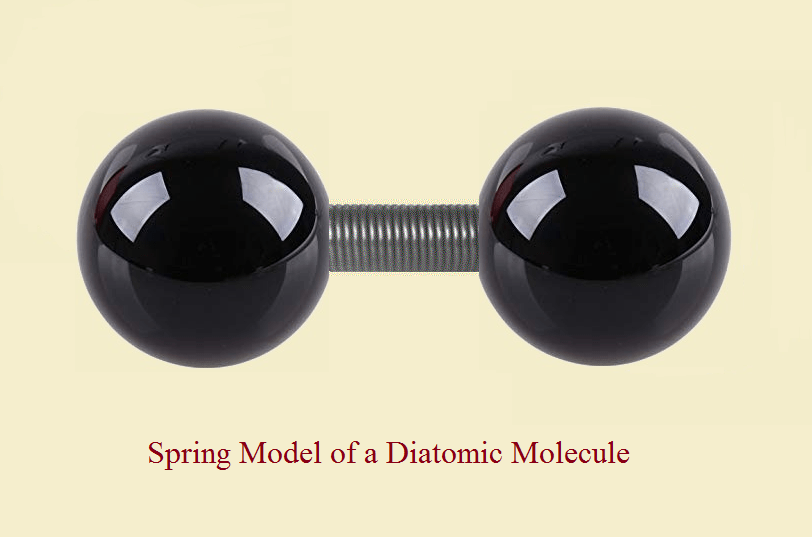
The Chemical Bond – What Model Can We Choose to Represent It?
Atoms and molecules are small indeed. Until recently, catching even a glimpse an atom was impossible. It still is impossible to see a chemical bond. Despite that, we know quite a few chemical reactions and can predict how many more will turn out. But we could know ever so much more about the scientific world of the very small if we had a very close bond model. We will discuss three bond models that have been used in the past, and to some extent still are used. The rigid model The spring model The force / charge model See the images associated with article. Each depicts one of the models discussed below. The Rigid Model One can depict a diatomic molecule by joining two balls with a thin dowel rod.…
